General Secretary To Lam emphasized: "Of the three biggest bottlenecks today: institutions, infrastructure and human resources, institutions are the bottleneck of bottlenecks."
Institutional bottlenecks are the fundamental bottlenecks that need to be addressed first to open up space for other solutions.
Take the Long Thanh airport project, a national key project, as an example. Long Thanh International Airport was approved in 2005 but the first phase of construction was not officially started until 2021. The project has been delayed for decades due to institutional bottlenecks; it has had to go through multiple rounds of approval from various agencies at both the local and central levels. Each change or adjustment to the project requires additional time for approval.
The process of site clearance and resettlement for thousands of households encountered many obstacles due to a lack of consensus and coordination between agencies. The Ministry of Transport, the Ministry of Finance, the Ministry of Planning and Investment, along with local agencies, all played a role in implementing the project, but ineffective coordination resulted in a lengthy and inconsistent process.
The above-mentioned institutional bottlenecks have slowed down project progress, increased costs, and reduced project economic efficiency.
Lack of transparency and accountability causes institutional congestion
First is outdated regulations. Laws and policies that are not updated to reflect current realities can lead to inefficiency, as they may no longer be appropriate to social, economic or technological changes.
Second , the administrative apparatus and processes are too complex. Overlapping management and complex approval processes create delays, making it more difficult to respond quickly and effectively to urgent needs. A typical example of a complex administrative apparatus causing institutional congestion is the approval process for construction investment projects in Vietnam.

A typical example of a rigid legal framework causing institutional congestion is the regulations related to land and site clearance in Vietnam. Photo: Hoang Ha
Specifically, to carry out a construction investment project, a business must go through many approval stages from different agencies such as the Ministry of Planning and Investment, the Ministry of Natural Resources and Environment, the Ministry of Construction, the Ministry of Public Security, etc., and local agencies. Each approval step includes many small procedures, requiring dozens of different types of licenses and documents.
As a result, businesses have to wait a long time to complete procedures. Each step requires different appraisal and approval times, leading to project delays, increasing investment costs and reducing efficiency. The lengthy licensing process forces investors to incur additional management, administrative, and interest costs during the waiting period, thereby increasing the total project cost.
Third , lack of coordination among agencies. When government agencies do not cooperate effectively, their efforts can be duplicative, contradictory, or counterproductive, leading to fragmentation and inefficiency in operations.
A typical example of the lack of effective coordination between agencies causing institutional bottlenecks is the urban railway project in Hanoi and Ho Chi Minh City. Specifically, the urban railway projects in both Hanoi and Ho Chi Minh City, including the Cat Linh - Ha Dong line (Hanoi) and Ben Thanh - Suoi Tien line (Ho Chi Minh City), have encountered many difficulties due to the lack of coordination between agencies from the central to local levels and related ministries such as the Ministry of Transport, the Ministry of Finance, and the Ministry of Planning and Investment.
Fourth , rigid regulatory frameworks. Strict, inflexible regulations that lack case-by-case adaptation can stifle innovation and limit solutions to unique or emerging problems.
A typical example of a rigid legal framework causing institutional bottlenecks is the regulations related to land and site clearance in Vietnam. The current Land Law strictly regulates land use rights, compensation and resettlement procedures when the State acquires land, but lacks flexibility in special cases.
Fifth , lack of transparency and accountability. Lack of transparency and accountability mechanisms can cause public institutions to operate inefficiently or corruptly, slowing progress and reducing trust.
A prominent example of the lack of transparency and accountability that causes institutional bottlenecks is the management and use of public budgets in some large public investment projects. In many public investment projects, such as large-scale highway or public hospital projects, there is often a lack of transparency in the use of capital and a lack of accountability from the implementing units.
Sixth , lack of resources and capacity. Lack of trained personnel, modern technology, or necessary funding can severely limit an agency's ability to effectively implement and apply policy.
Seventh , resistance to change. Systemic stagnation, where there is an unwillingness to adapt to new methods or improve existing processes, often leads to institutional gridlock, especially in organizations resistant to reform.
Solutions to remove institutional bottlenecks
Update and improve legal regulations. Regularly review, update and adjust laws and regulations to suit socio-economic development practices, especially in new areas such as technology and digital economy. This helps policies become more flexible and keep up with global trends.
Simplify the administrative apparatus. Streamline processes and reduce unnecessary procedures, while clearly decentralizing authority to agencies to increase processing efficiency. Apply international standards on public management to optimize the administrative apparatus.
Strengthen coordination between agencies. Establish inter-sectoral and inter-agency coordination mechanisms, and encourage information sharing and smooth coordination in work handling. Use information technology systems to link and manage common activities, making it easy for agencies to exchange and coordinate.
Ensure flexibility in the legal framework. Develop mechanisms that allow for flexibility in some special cases and appropriate exceptions to deal with specific situations. Regulations should have room to allow local or sectoral self-regulation within the permitted scope.
Ensure transparency and accountability. Increase public disclosure and transparency of information on key processes and decisions, especially those related to budgets and public projects. Establish independent monitoring mechanisms and effective evaluation systems to ensure accountability of agencies and individuals.
Encourage innovative thinking and promote digital transformation. Build an organizational culture that is ready for change, encourage innovation and motivate staff to apply digital technology in their daily work. Management units need to be pioneers and proactive in improving working methods, using digital data and online platforms to improve performance.
The above solutions will help remove institutional bottlenecks, create conditions for the system to operate effectively, flexibly and promptly meet the country's socio-economic development needs in the new era - the era of national growth.
Vietnamnet.vn
Source: https://vietnamnet.vn/nhung-quy-dinh-lam-can-tro-su-doi-moi-2371493.html


![[Photo] General Secretary To Lam gave a speech at the National Conference to disseminate the Resolution of the 11th Central Conference, 13th tenure.](https://vstatic.vietnam.vn/vietnam/resource/IMAGE/2025/4/16/04e0587ea84b43588d2c96614d672a9c)
![[Photo] The 9th Vietnam-China Border Defense Friendship Exchange](https://vstatic.vietnam.vn/vietnam/resource/IMAGE/2025/4/16/10e73e2e0b344c0888ad6df3909b8cca)
![[Photo] Opening of the Exhibition on Green Growth](https://vstatic.vietnam.vn/vietnam/resource/IMAGE/2025/4/16/253372a4bb6e4138b6f308bc5c63fd51)
![[Photo] Prime Minister Pham Minh Chinh receives Cambodian Deputy Prime Minister Neth Savoeun](https://vstatic.vietnam.vn/vietnam/resource/IMAGE/2025/4/16/e3dc78ec4b844a7385f6984f1df10e7b)
![[Photo] President Luong Cuong meets 100 typical examples of the Deeds of Kindness Program](https://vstatic.vietnam.vn/vietnam/resource/IMAGE/2025/4/16/ce8300edfa7e4afbb3d6da8f2172d580)





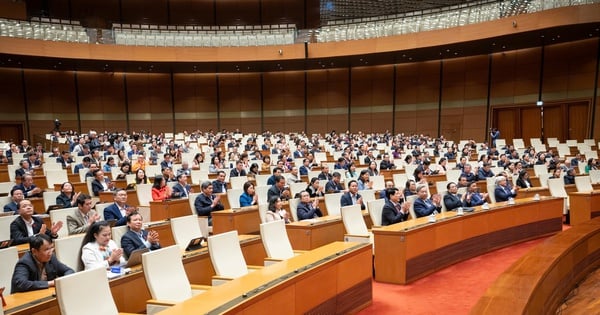

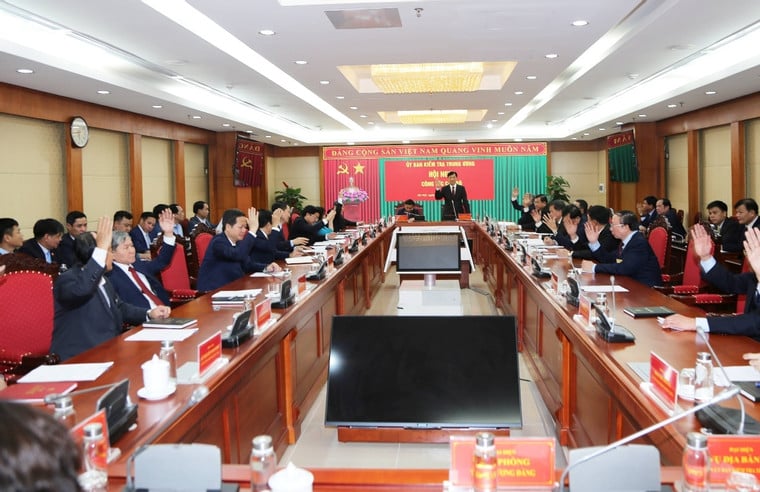
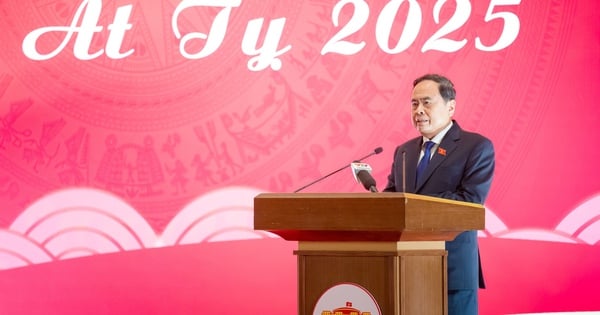
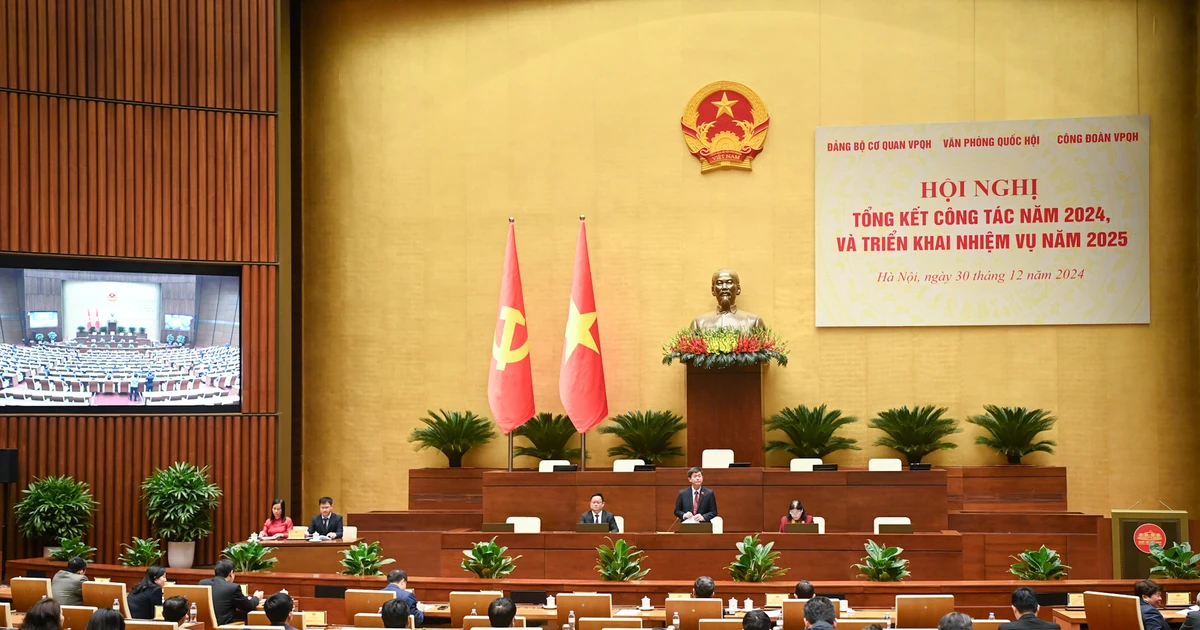


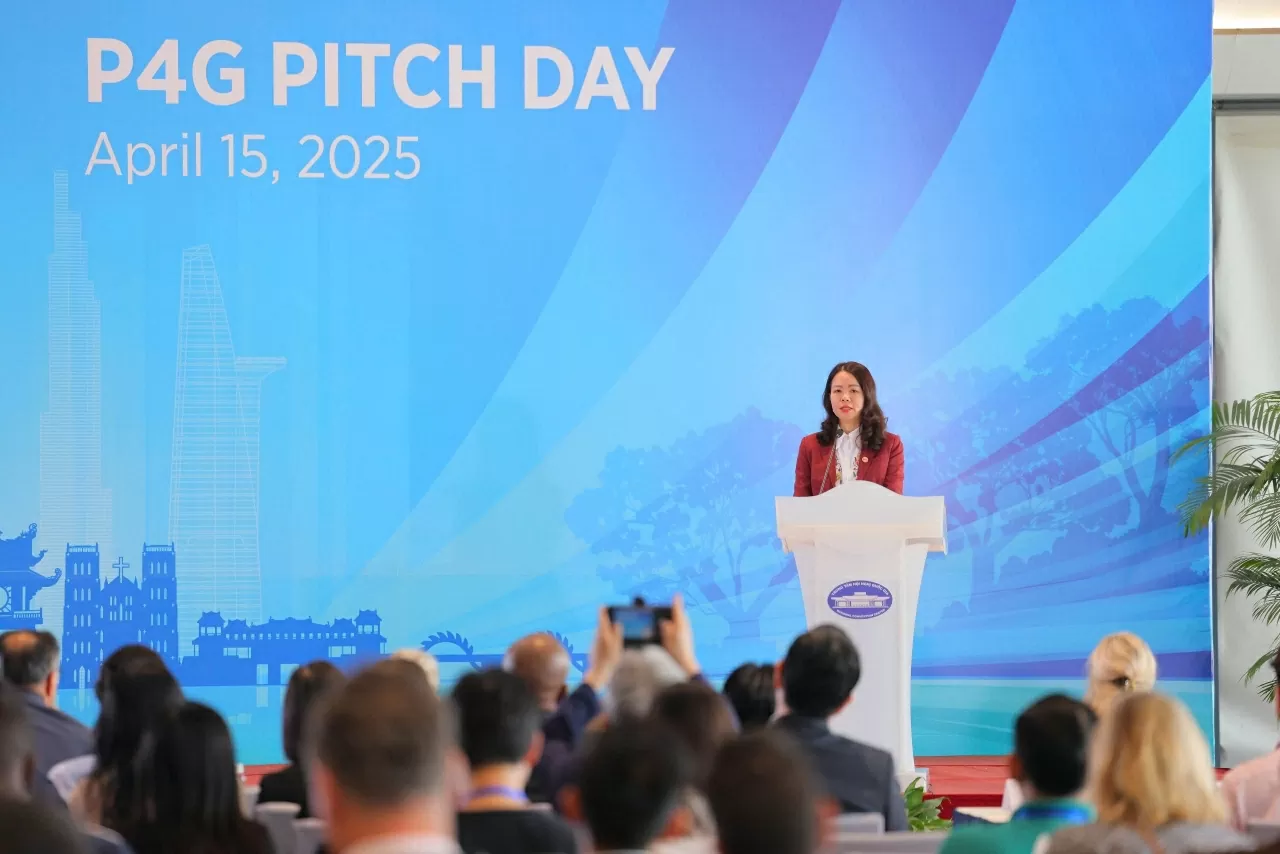
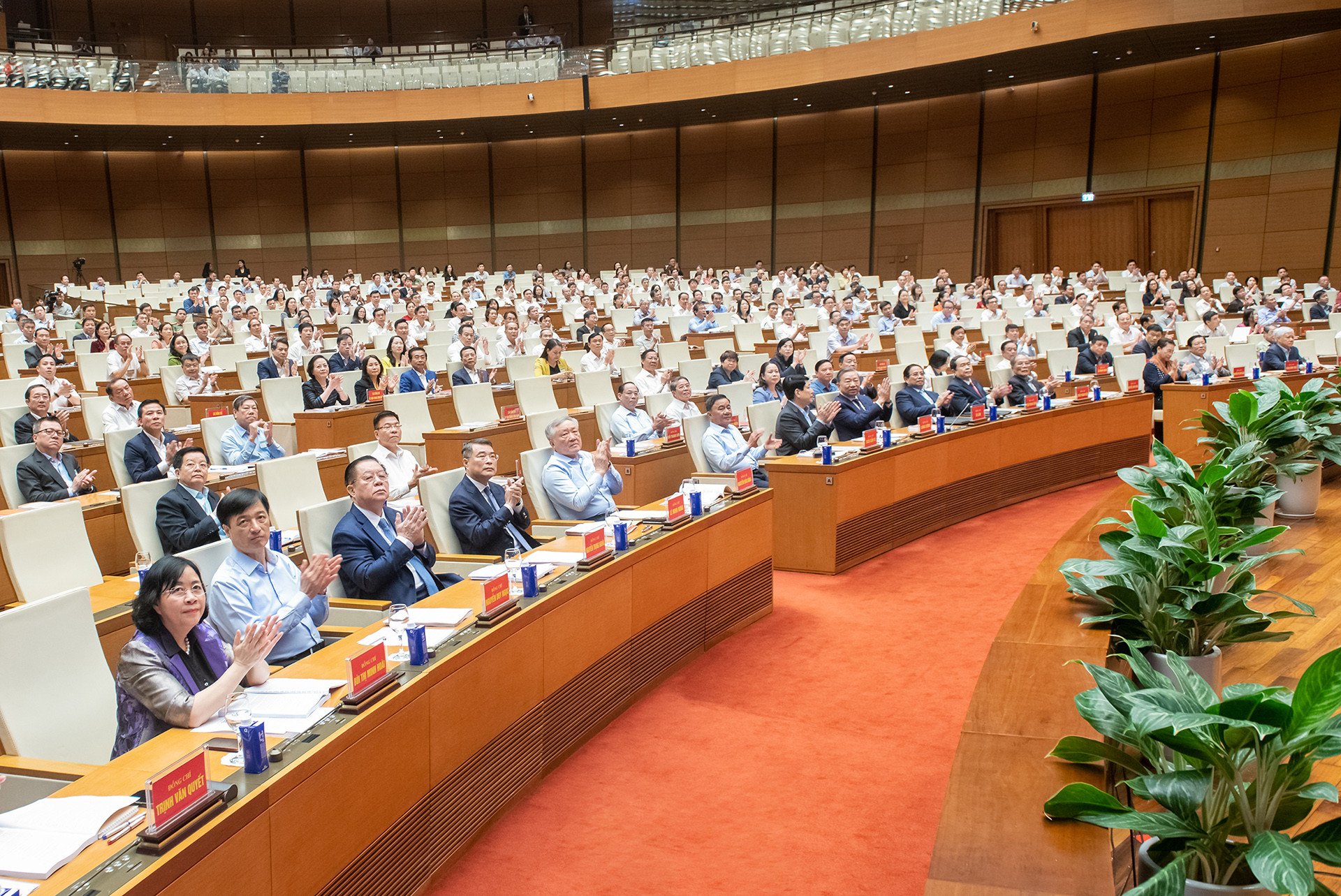

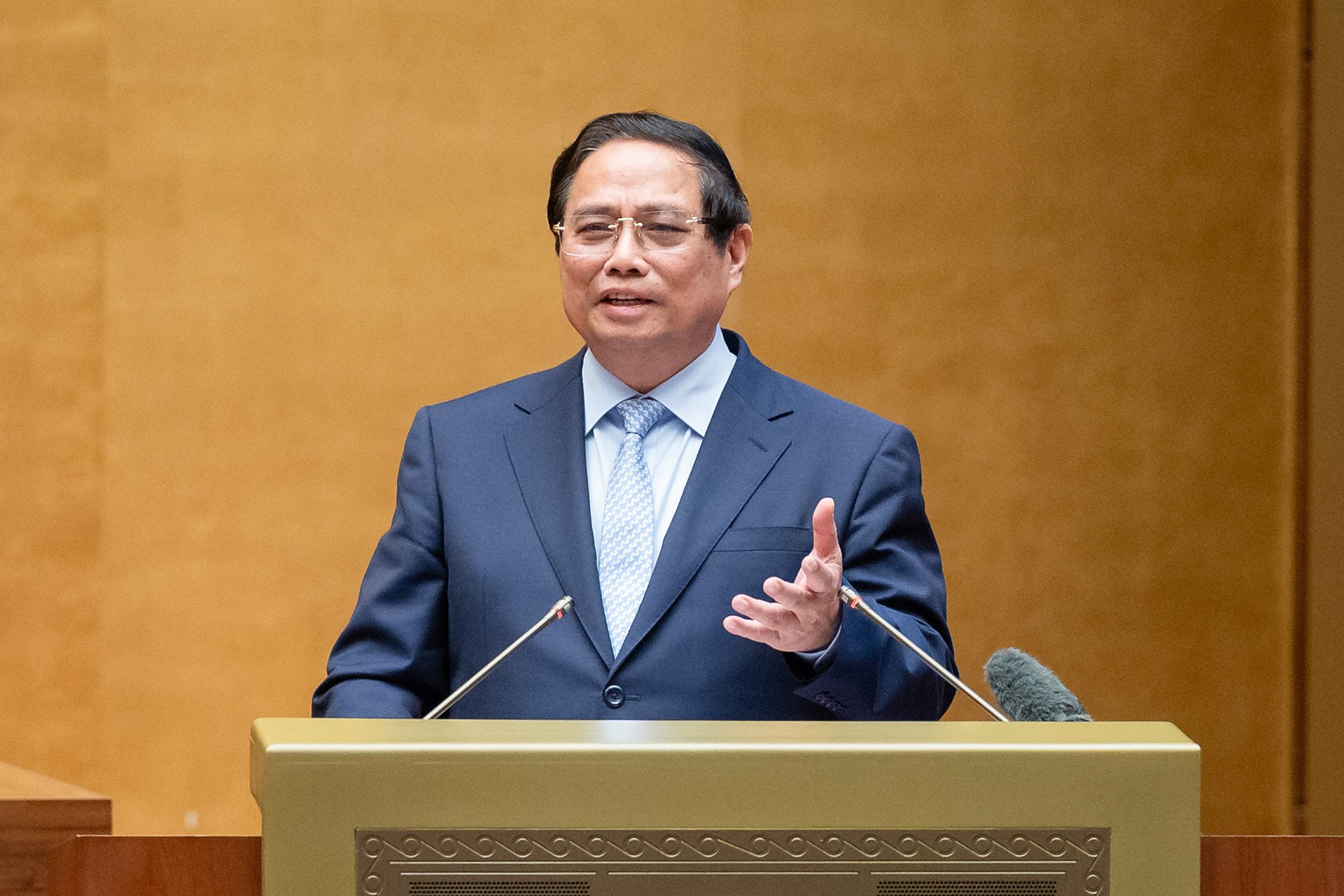
















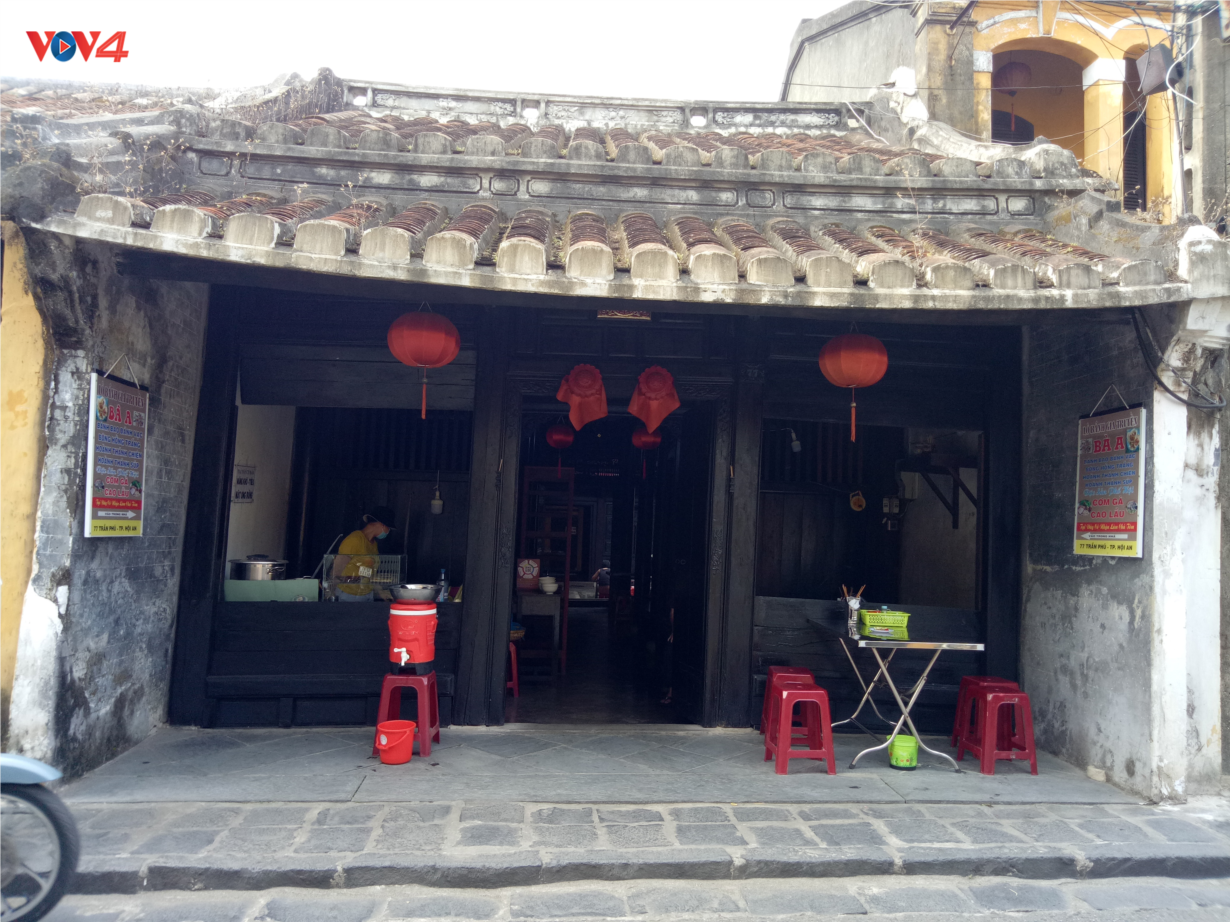








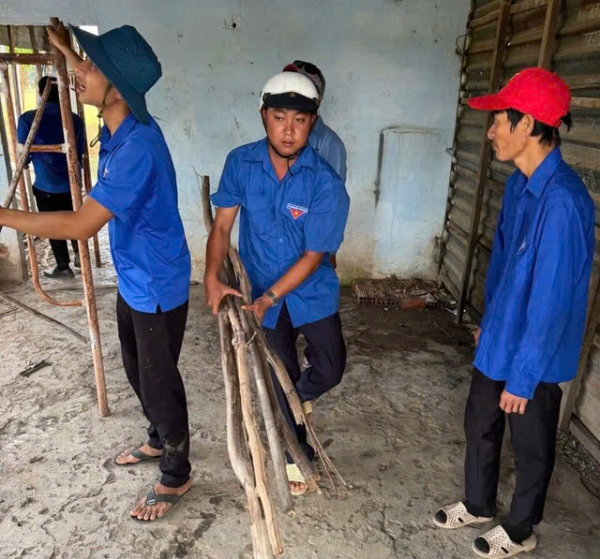









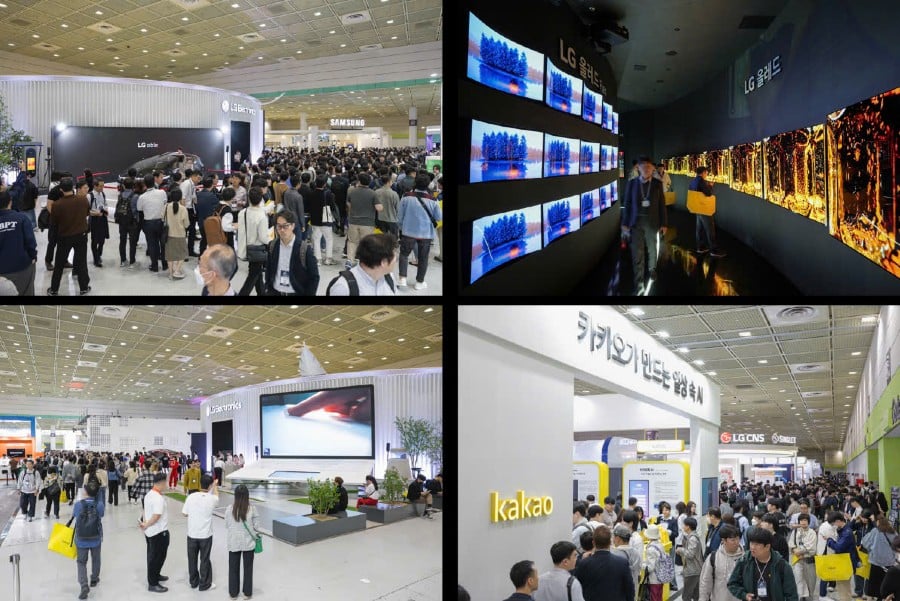


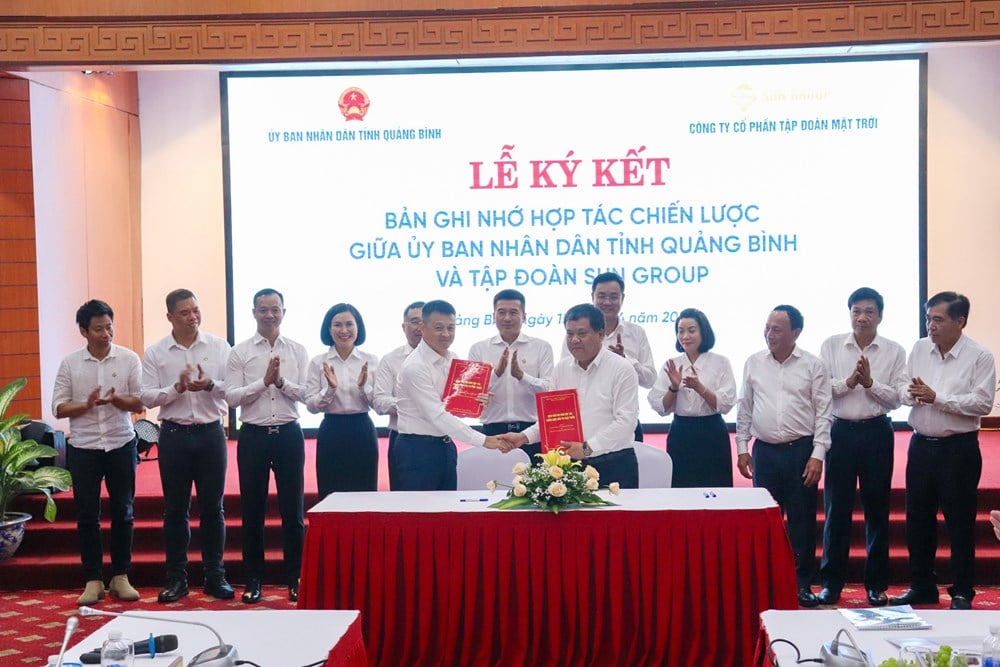








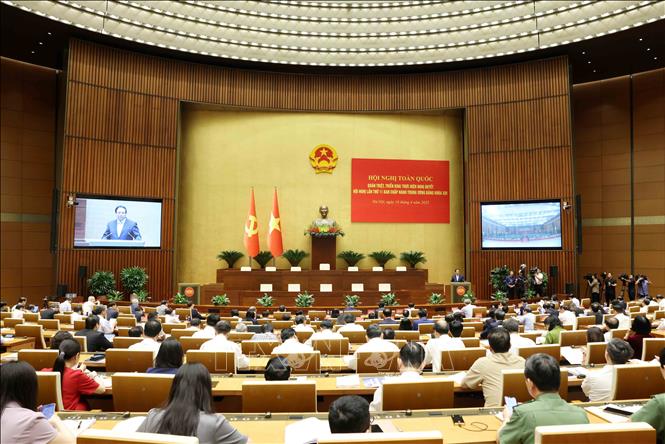


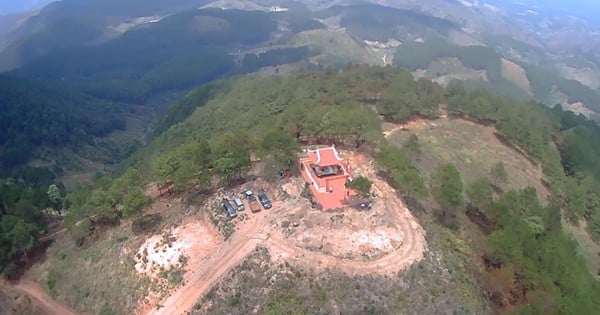



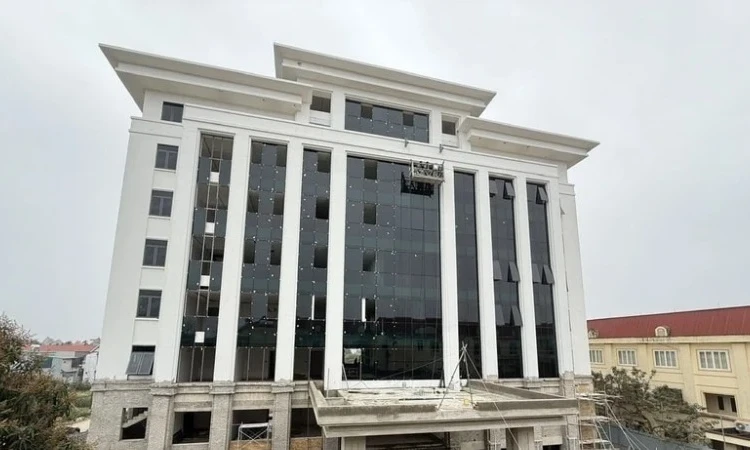

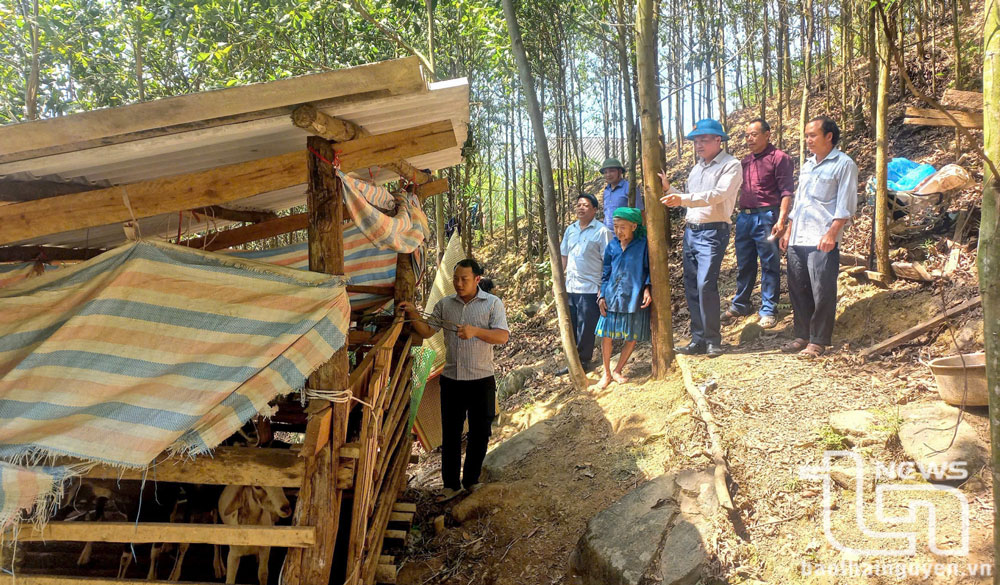

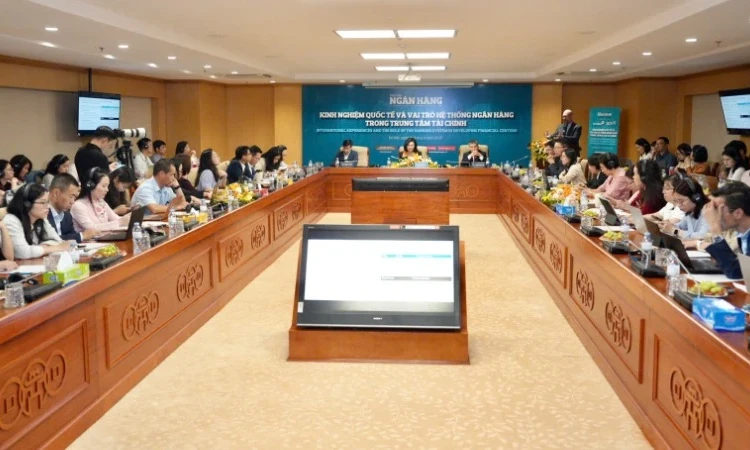



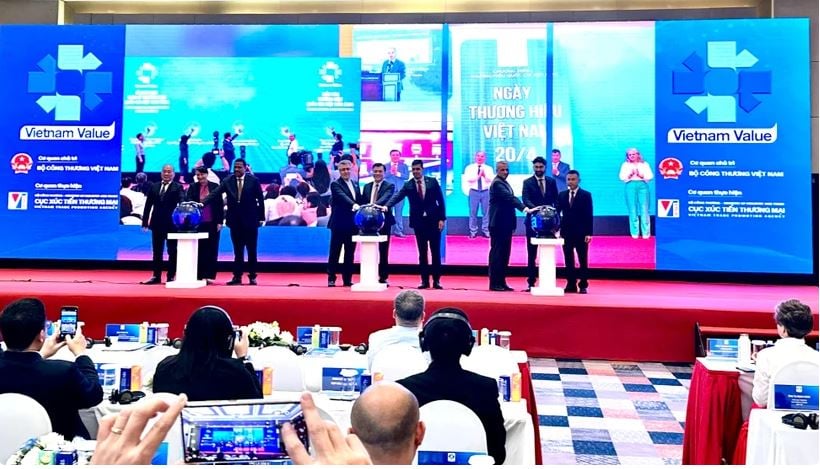








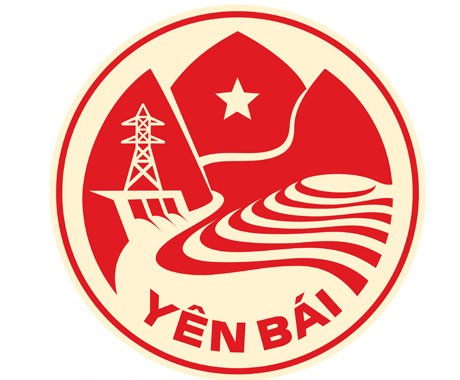
![[Photo] The capital of Binh Phuoc province enters the political season](https://vstatic.vietnam.vn/vietnam/resource/IMAGE/2025/4/16/c91c1540a5744f1a80970655929f4596)
Comment (0)